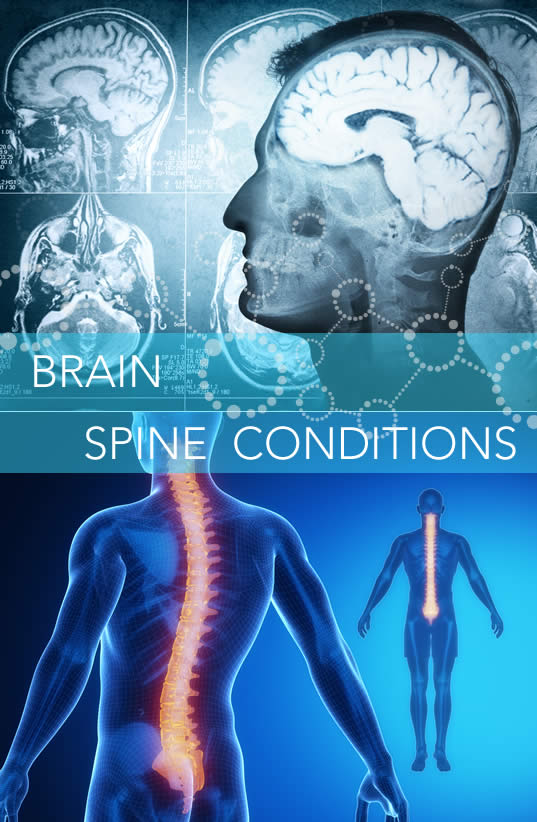
Chiari Malformation Specialist
What is Chiari malformation?
In rare instances, brain tissue may extend down into the spinal canal. Typically, it’s because your skull is undersized or misshapen, which presses the brain down into the canal. There are three types of Chiari malformation. Types II and III are congenital, present at birth, while type I appears later, while the skull and brain are still growing.
In some cases, the deformation causes no symptoms or concerns, while in other cases, effects may be significant. The part of the brain that’s pushed into the spinal canal may impede the regular flow of cerebrospinal fluid, which can build up, causing issues of its own, or block signals between the brain and the rest the body.
What conditions are associated with Chiari malformation?
In some cases, Chiari malformation becomes progressive, getting worse with time and creating serious complications. Conditions that are closely associated with Chiari malformation include:
- Hydrocephalus, an excess level of fluid building up within your brain
- Spina bifida, where the spinal cord or its protective covering aren’t fully developed
- Myelomeningocele, a form of spina bifida which Chiari malformation type II patients typically have
- Syringomyelia, a cyst or cavity in the spinal column
- Tethered cord syndrome, a condition where the spinal cord attaches to the bones of the spine.
How is Chiari malformation treated?
Treatment depends largely on the symptoms you’re experiencing. If there are none, then your condition will be monitored for future deterioration. Associated pain may be controlled with medications of appropriate strength.
Chiari malformation that causes more complex symptoms is typically treated surgically. This is necessary to stop the changes to the brain and spinal canal, which usually also relieves symptoms. The most common procedure is called posterior fossa decompression, which removes a small piece of bone to create more space.
Other procedures include opening and patching the tissue that surrounds your brain. A portion of the spinal column may also be removed to provide more pressure-free room for your brain and spinal column. Conditions that involve a build-up of cerebrospinal fluid, such as a spinal syrinx or hydrocephalus, may require implantation of a shunt to drain excess fluid.
The chances that a condition called Chiari malformation is at the root of your neck pain or other neurological complaint is small. However, this disorder may be associated with others, so expertise may aid the correct diagnosis and treatment.
The experts of Arizona Neurosurgery and Spine At The CORE Institute, located in Phoenix and Peoria, Arizona, are the right choice for diagnosis and treatment of chiari malformations.

